If you start to think about the number of items you own, would you be able to count them all? Through the years we have been exposed to more and more products, ads and resources that made as buy and consume things that we don’t even need. There are two types of people, the ones that buy what they need and manage to increase their quality of life and the ones that buy beyond their needs. This type of behaviour has a negative impact on the environment.
What is consumerism? It has the consumers as its key element, being encouraged to buy everything, even if they don’t require it. This puts the focus on materialism and on the thought that ‘If I will have it, I will be happy’.
From another point of view, this is also an economic, political and social phenomenon that raised over the years. The development of different types of models of production and consumption leads to the accumulation of unnecessary goods. This not only has an effect on the mental health of an individual, but also on the environment.
Together with Fast-fashion trends or Black Friday, consumerism reaches its peak, leading to more pollutant emissions, landfill waste, exploitation of natural resources and an overall ecological imbalance caused by the increased waste. Even though Black Friday passed, Christmas is coming, and so do the higher statistics for pollution. For example, an increasing amount of shopping happens online, this means a much higher carbon footprint, because of the transport. 4% of the world’s emissions come from the transport sector, with an estimated increase of 17% from the global maritime industry by 2050 (Brändlin, 2022) . This year, 400,000 tons of CO2 were released into the atmosphere because of Black Friday in the UK (Brändlin, 2022) .
So how exactly is consumerism encouraged nowadays? Firstly, the world has at its disposal more places to shop than ever, not only physical stores, but also online, which gives access to a larger quantity of products for a greater number of population, so the choice is unlimited. This increases the emissions for production, transportation and also the waste generated. Secondly, we live in a world full of advertising. Whether you are on the streets, on your phone or watching TV, most of the times you will see ads of never-ending products. The only thing that is keeping us from not buying everything we see is our willing, awareness and self-control. Moreover, think about all the people on social media who promote products. This is another way of encouraging people to buy products that they do not really need. One way consumerism is also forced into our lives that you might not thought about yet is the way supermarkets and stores are planned and designed so that at the end you will end up buying more than just the products you were intended to buy.
If you have made it this far into the article, I am sure you would also want to know what you can do about this issue. Being aware of what you buy is a very big step to reduce the amount of goods you end up with one you leave the supermarket. You can make a change by increasing recycling, make sure your close ones also know about this issue and educate them, and try to repair rather than buying a new item, take part in initiatives that bring awareness of the negative impact of consumerism, demand responsible products and inform yourself before buying.
This article is part of the project Our food, Our future written by Ana-Maria Todoran.
Bibliography
Brändlin, A.-S. (2022, 11 24). The environmental impact of Black Friday. Retrieved from Deutsche Welle: https://www.dw.com/en/the-environmental-impact-of-black-friday/a-63875495


.png)